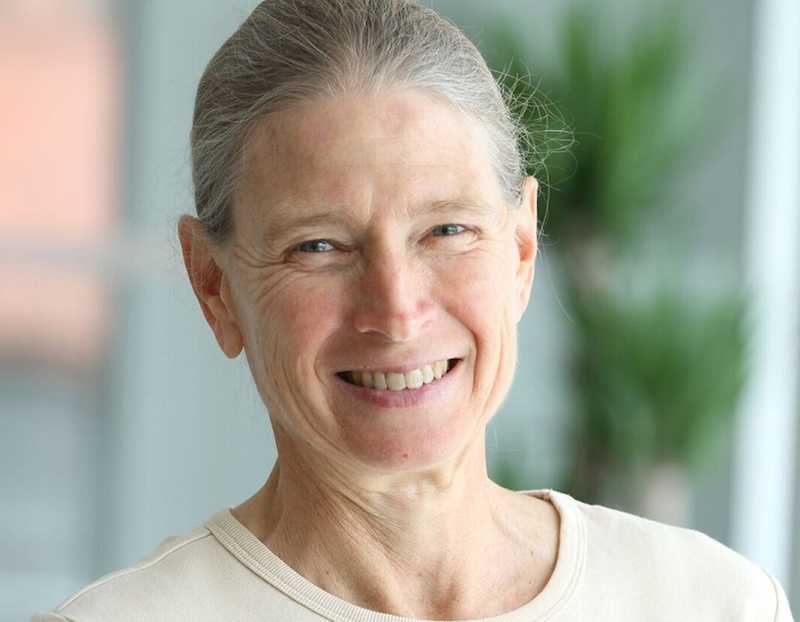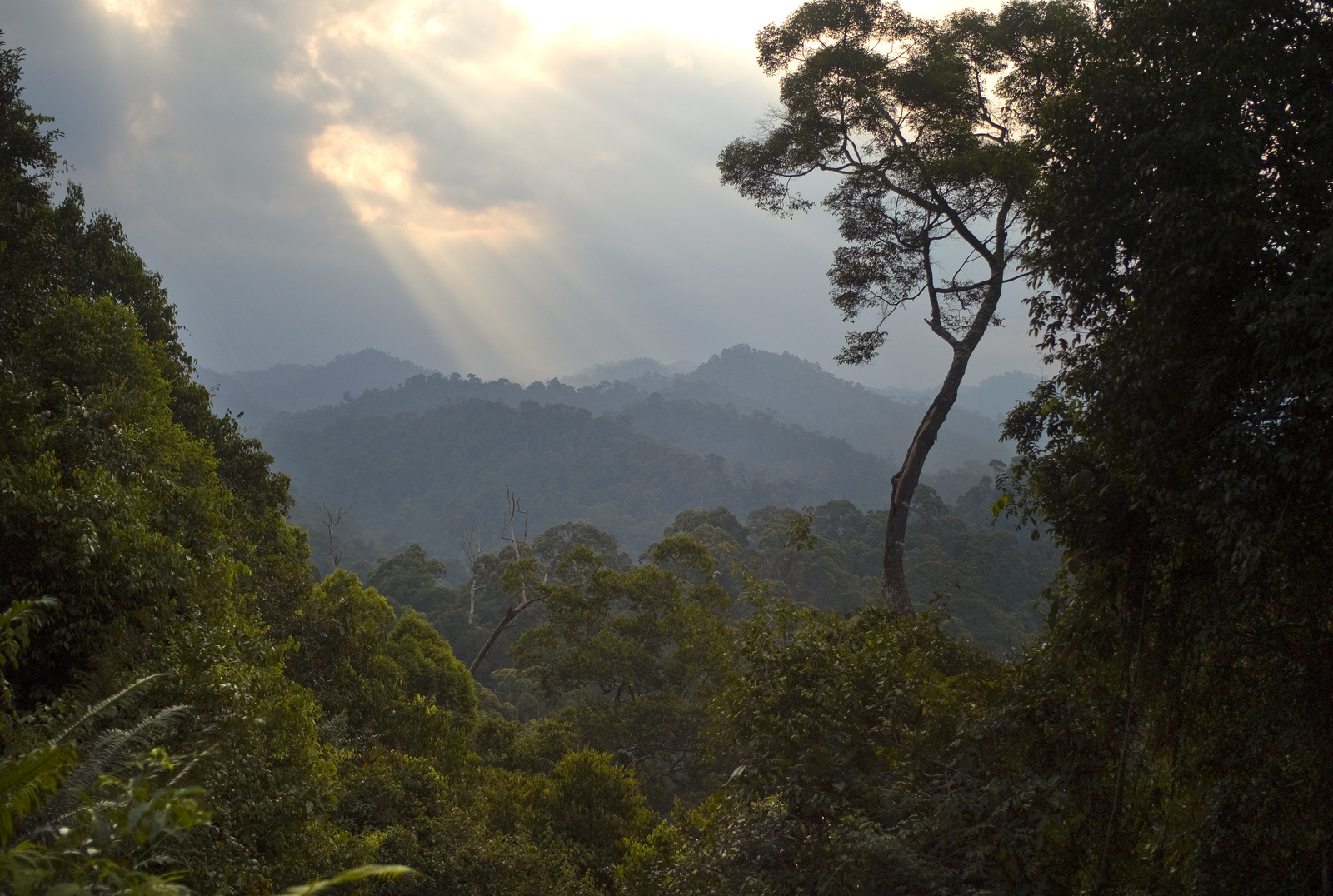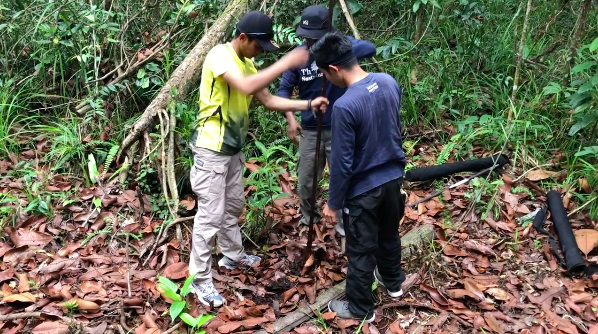
REDD+, which seeks to create financial incentives for forest conservation, has attracted criticism for failing to deliver expected results, and for giving polluters an excuse to avoid reducing their own emissions when forest-based emission reductions are used for offsets. On the other hand, proponents argue that REDD+ is an important way to supplement emission reductions from fossil fuels, and to incentivize emission reductions from land-use change. Nature4climate spoke with Frances Seymour, a Distinguished Senior Fellow at the World Resources Institute and one of the world’s experts on forests.
REDD+, which seeks to create financial incentives for forest conservation, has attracted criticism for failing to deliver expected results, and for giving polluters an excuse to avoid reducing their own emissions when forest-based emission reductions are used for offsets. On the other hand, proponents argue that REDD+ is an important way to supplement emission reductions from fossil fuels, and to incentivize emission reductions from land-use change. Further, they argue, without it, we will not be able to achieve the goals of the Paris Agreement.
So, what’s the real story? Nature4climate spoke with Frances Seymour, a Distinguished Senior Fellow at the World Resources Institute and one of the world’s experts on forests.

What is the scale of the problem the world’s forests are facing?
The latest Global Forest Watch data on tropical tree cover loss in 2018 shows that although the rates are below the peak years of 2016 and 2017, we still lost an area of primary forest the size of Belgium. That still represents an upward trend compared to the previous average annual loss, and the implications for biodiversity loss, carbon emissions rise, not to mention the impacts on the communities that live in and around those areas, are profound.
Can you describe the main principle behind REDD+?
The unique feature of REDD+ is that it aims to conserve tropical forests through results-based finance whereby rich countries reward developing countries for their success in reducing emissions from deforestation and forest degradation on a payment-for-performance basis against an agreed baseline.
Is REDD+ the best natural climate solution?
Conservation and restoration of tropical forests and peatlands together are among the most important solutions because they keep a large amount of carbon in the ground and in above-ground vegetation, as well as providing an array of co-benefits. Tropical forests are some of the most biodiverse places on the planet. They contribute directly to local livelihoods, and indirectly to the maintenance of agricultural productivity, producing rainfall up to hundreds of miles away. Forests also stabilize the local climate by acting as a buffer against extreme temperatures.

What have been the greatest challenges and successes of implementing REDD+ over the past ten years?
Although dozens of countries signed up to REDD+ over ten years ago, the large-scale market-driven international finance that was expected never materialized. As a result, there hasn’t been the pot of gold at the end of the rainbow on offer for forest-rich countries to make it worth their while to take the difficult steps necessary to reduce deforestation.
The first generation of REDD+ initiatives was at a project level, because the 2007 United Nations Framework Convention on Climate Change (UNFCCC) negotiations in Bali called for “demonstration activities” while negotiations continued. Hundreds of projects were initiated, but a few of these gave REDD+ a bad name. ‘Carbon cowboys’ tried to make money at the expense of local communities. Other projects failed to attract the amount of sustained funding needed for effective interventions, and none were able to address the more systemic drivers of deforestation such as unclear land rights.
As a result, UNFCCC negotiators decided that REDD+ finance and accounting needed to be dealt with at the national level (or at the scale of subnational jurisdictions on an interim basis), and that’s the framework that was written into the Paris Agreement in 2015. The evolution of REDD+, and legacy of REDD+ projects, have created conceptual confusion about what it actually is. A large part of the opposition that we are still dealing with relates back to concerns about project-scale implementation rather than REDD+ as we understand it today.
On a positive note, many countries have been pressing ahead with becoming ‘REDD ready’, developing the necessary building blocks to achieve eligibility for performance-based finance. Monitoring systems and analyses of the drivers of deforestation have progressed significantly. That progress can only help to propel the process forward by illuminating the actions that are needed to protect forests.
For example, Indonesia has managed to dramatically reduce deforestation, particularly in primary forests and peatlands, for two years running. This outcome is at least partly attributable to government policy efforts such as a forest licensing moratorium and peatland protections that have been explicitly enacted in the context of REDD+.
REDD+ has also catalyzed national dialogues that have highlighted the inequitable outcomes of business-as-usual forest management. In several countries, including Indonesia, such dialogues have strengthened the position of indigenous peoples and given them a voice in national policy arenas they didn’t previously have.
What are your thoughts on REDD+ as a tool to benefit forests, limiting global warming to 2°C and helping realize the Sustainable Development Goals?
We cannot achieve the 1.5 or even 2-degree target to stabilize the world’s climate without protecting the world’s forests. Conserving forests also contributes to a larger number of the SDGs than almost any other intervention. Conserving forests help to address objectives related to reducing hunger and poverty, improving health and resilience, and providing access to clean water and energy.
Going forward, what needs to happen internationally to make REDD+ successful?
The international community needs to provide various kinds of support to forest-rich countries, including, but not limited to, performance-based financial incentives. For example, the US Government has made an important contribution by making imagery from the Landsat satellite freely available so forest-rich countries can use this data to support their forest monitoring systems. Rich countries need to continue to support publicly funded financial mechanisms, such as the Green Climate Fund, because we still don’t have markets for forest-based mitigation outcomes.
Can you give an example of a project showcasing REDD in action, benefitting forest protection, and communities?
The Katingan project in Central Kalimantan, Indonesia, in a deep peat area, is a great example of a market-based peat forest conservation project. Started by private investors nearly ten years ago, it has managed to sustain activities through patient capital and sales of offsets to the voluntary carbon market.
The project has involved the local communities in fire control activities and experimented with forest-friendly income-generating activities in the area. What’s really interesting is that you can see how effective it is from space. During the worst of the 2015 fires, you could identify the boundaries of the project where the fires didn’t penetrate.

How do you respond to critics that say REDD+ is ineffective and the poorest members of society end up paying for it?
REDD+ remains a great idea that has hardly been tried so to say that it doesn’t work is at minimum premature, and likely incorrect. The finance hasn’t been at a sufficiently large scale to make any meaningful impact on economic decision-making. Critics of project-level interventions need to be reminded that REDD+, as agreed under the UNFCCC, is designed to be effective at much larger jurisdictional scales, reducing the risks of leakage (merely displacing deforestation to other areas) and reversals (when forests are lost prematurely).
There are legitimate concerns that REDD+ implementation risks being to the detriment of poorer communities, for example, in areas where their rights to forest land are not secure. To address these concerns, there has been robust discussion to develop safeguards to protect vulnerable communities from harm and to ensure equitable sharing of benefits. Indeed, attention to these issues on the part of funding agencies is one of the reasons that REDD+ has been slow to develop. I would argue that at this point, the greater risk is of no action, as forest destruction continues to violate the rights and take away the livelihoods of local communities in the absence of REDD+ efforts to stop it.
Does pursuing a REDD agenda come at the expense of other policies to manage the environment and address climate change?
We need to do more of everything and nature-based solutions can work in concert with other measures designed to reduce fossil fuel emissions. If you look at the estimated mitigation potential of forests, we are dramatically underinvesting in REDD+ and other nature-based solutions compared to investment in initiatives to reduce emissions from burning fossil fuels. Finance for nature-based solutions represents a very small part of the money available to address climate change so it’s clearly not happening at the expense of other climate solutions.
Where do you see REDD in ten years time?
We need to see REDD+ as a transitional mechanism that provides upfront rewards to forest countries to help them overcome some of the entrenched interests that currently drive tropical deforestation. Over the course of ten years, REDD+ will have bought us time to reduce fossil fuel emissions as well as to adjust our global consumption patterns that drive deforestation, for example, by eating less beef.
REDD+ will also help countries put into place policies, markets, recognition of indigenous rights, and other governance structures that allow them to manage forests for all their many benefits. Storing carbon is only one of the climate positives we get from of tropical forests, such as rainfall generation and local cooling. Many others, such as providing clean water and controlling air pollution, need to be considered and valued. We would want to see domestic fiscal policies that reward sub-national jurisdictions and communities for maintaining forests because countries understand that it is in their own self-interest to do so.